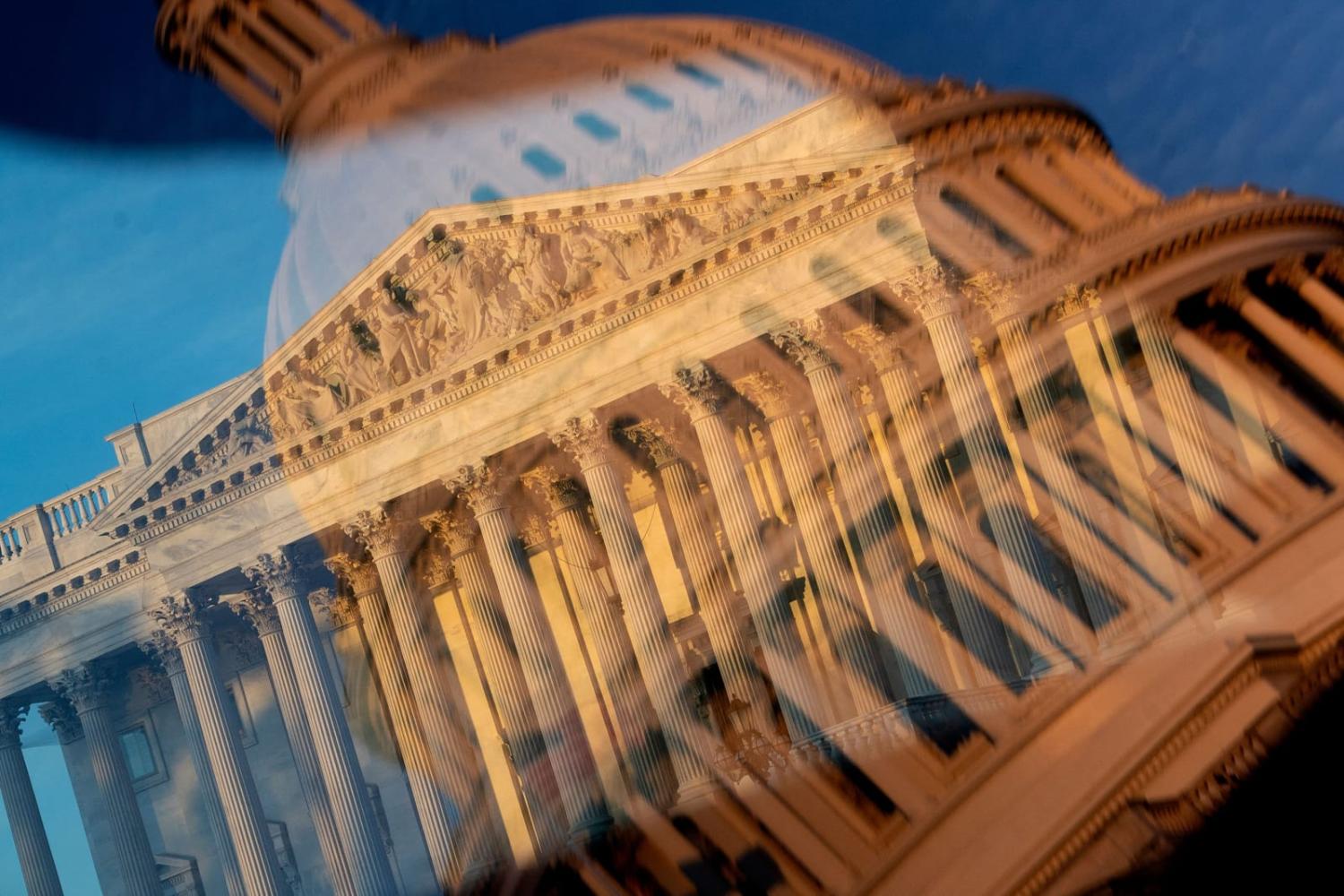After more than a week of waiting, the Republican Party finally got over the line to win control of the US House of Representatives. It was somewhat of an expected outcome, even if not the “red wave” as predicted by pundits, but still one that can frustrate Biden’s agenda and the passage of legislation. For matters of foreign policy, this could include the “first ever” Pacific Partnership Strategy announced earlier this year, tipped to cost US$810 million. The fate of this most recent bout of Pacific promises from the United States government will be watched closely in the region.
Just two months ago, in response to a more assertive and active China in the Pacific, the Biden administration invited Pacific Island leaders to Washington to participate in a US-Pacific Island Country Summit. Biden used the meeting to commit to broader regional engagement, recognising the United States’ relative neglect of Pacific Island countries over the decades.
The resulting Pacific Partnership Strategy came laden with many promises. Highlights included opening new embassies in Solomon Islands, Tonga and Kiribati as well as a regional mission for the US Agency for International Development (USAID) in Fiji. A plan was announced to appoint a US envoy to the Pacific Islands Forum and expand the Peace Corps presence across the region.
Provided the funding wins Congressional approval, there will be grants and private financing for climate resilience and adaptation projects, ocean mapping support, a “Resilient Blue Pacific” economies program, as well as coastguard and law enforcement training. Initiatives in health security, tourism, cyber security and cleaning up the remnants of war also feature.
This is where a change in Congress can be destabilising to foreign policy initiatives. The administration needs US$810 million in funding to deliver on the commitments. The bulk of the money – US$600 million over ten years – will be committed to an Economic Assistance Agreement for the renewal of the South Pacific Tuna Treaty. The Treaty supports the economic development of fisheries, a major contributor to Pacific Island subsistence and national income. Other aspects will go towards climate resilience, maritime security and economic measures.
Biden enjoyed bipartisanship when the Pacific Partnership Strategy was announced. But as US foreign policy analysts pointed out, even when the Democratic Party still retained control of Congress:
sustaining focus on the region and following through on commitments is certain to be challenging. There is little expertise on the Pacific Island region across the US government; the number of staff working on the region at the State Department, USAID, and the Department of Defense is small and unlikely to grow significantly. And in an environment of scarce resources and competing priorities, funding will be a constant issue.
Competing priorities will certainly be an issue over the next two years. According to the views of Americans, the domestic economy, inflation, abortion legislation and crime are likely to dominate public debate and the legislation agenda until the presidential elections in two years’ time. Committees investigating the Biden family and their business dealings will also likely disrupt the president’s rest of term. Getting the US$810 million for Pacific funding through Congress may prove difficult.

Supporters of the bid should underscore that much of it will go towards an Economic Assistance Agreement with the Pacific Islands Forum Fisheries Agency to the tune of US$60 million annually – a small price to pay for regional security and economic development.
To ensure the Pacific Partnership Strategy funding is secured, advocates will also need to frame it in terms of domestic security (can it protect Americans?) and domestic economy (will it stave off inflation and recession?). The former could be a relatively easy sell, with one in two Americans feeling that “China’s territorial ambitions are a critical threat to the United States”, the latter more difficult because more aid funds will be spent in the short term while Americans are doing it tough. Regional security can, though, protect free and open shipping routes, supply chains and resource distribution (particularly seafood), bolstering supply and lowering prices of goods to America.
The Republican tilt towards crime and defence issues could result in expensive soft diplomacy initiatives such as tourism funding or climate change resilience projects being sidelined for harder forms of security and defence initiatives, such as Pacific Island military bases and transnational crime operations. It is telling that Guam, a US territory in the North Pacific with more than one-quarter of its land area occupied by US Air Force and Navy installations, elected a Republican delegate in the latest midterms – the first since 1993.
The United States has an unfortunate history of making promises to the Pacific Islands region and not following through on them. If a change in Congress results in budget approval for the Pacific promises, the United States will demonstrate a genuine, bipartisan willingness to contribute to regional development and security.


